The New Safe Confinement, a multinational project to construct a modern radiation sarcophagus over the destroyed reactor No. 4 of the Chornobyl Nuclear Power Plant, has been effectively completed, the European Bank for Reconstruction and Development (EBRD) said late on April 25.
The report came after a successful 72-hour trial operation test on the eve of the 33rd anniversary of the Chernobyl nuclear disaster, which occurred overnight into April 26, 1986.
“The New Safe Confinement will protect the environment from further releases of radioactive materials and enable the long-term safe and secure deconstruction of the old shelter and the destroyed reactor, as well as the removal of radioactive (materials),” the institution said.
The completion of the project was the culmination of over a decade of construction work implemented through the Chornobyl Shelter Fund, supported by over 45 nations that donated a total of 2.1 billion euros, the EBRD added, calling this project “the largest international collaboration ever in the field of nuclear safety.”
The work was launched in 2007 to ensure the safe confinement of radioactive materials from the ill-fated Chornobyl plant’s power unit No. 4, and the now crumbling concrete sarcophagus built around the ruined reactor by November 1986 by Soviet engineers.
The new structure was designed and built by the Novarka, a consortium of two major French building companies — Vinci Construction Grands Projets and Bouygues Travaux Publics. The silver-colored arch is 108 meters in height, 257 meters wide, and 162 meters long — close to the total length of two soccer fields, according to the designers.
The construction is taller than the Statue of Liberty and has a total weight of 31,000 tones, including 25,000 tones of metal frame, which is nearly three times the weight of the Eiffel Tower. The arch has a foundation made of 20,000 cubic meters of concrete.
According to designers, the arch can cope with temperatures ranging from ‐43 to +45 degrees Celsius survive a class 3 tornado, and an earthquake reaching a maximum intensity of 6 degrees (classified as ‘strong’) under the 12-degrees Medvedev–Sponheuer–Karnik scale.
The New Safe Confinement is expected to provide complete radiation safety in the area for the next 100 years.
Overnight into April 26, 1986, the No. 4 reactor at the Chornobyl Nuclear Power Plant, just 100 kilometers northwest of Kyiv, malfunctioned during late-night safety tests, resulting in a devastating explosion and subsequent serious fire.
The blast destroyed much the reactor building and produced a massive leak of highly radioactive fallout that contaminated swathes of territories in present-day Ukraine, Belarus, and Russia.
Although the true scope emergency were initially concealed by the Soviet government in the first hours after the nuclear accident, a total of over 115,000 people, mainly from the city of Pripyat near the plant, were evacuated from what became a 30-kilometer exclusion zone around the destroyed reactor.
A total of as many as 500,000 Soviet military, engineers, emergency workers, and scientists from all across the Soviet Union were engaged in tackling the disaster and later constructing the first nuclear sarcophagus over the ruins of the plant.
By 2000, the plant’s intact power units were completely shut down, and according to Ukraine’s State Agency on the Alienation Zone (as the agency managing the evacuated area around the plant is known), all of the former station’s systems will be dismantled and recycled by 2065.
You can also highlight the text and press Ctrl + Enter


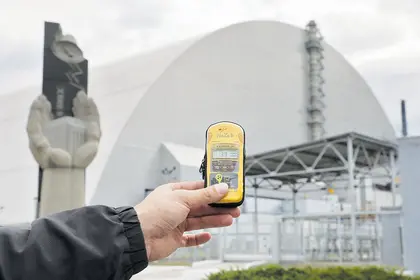
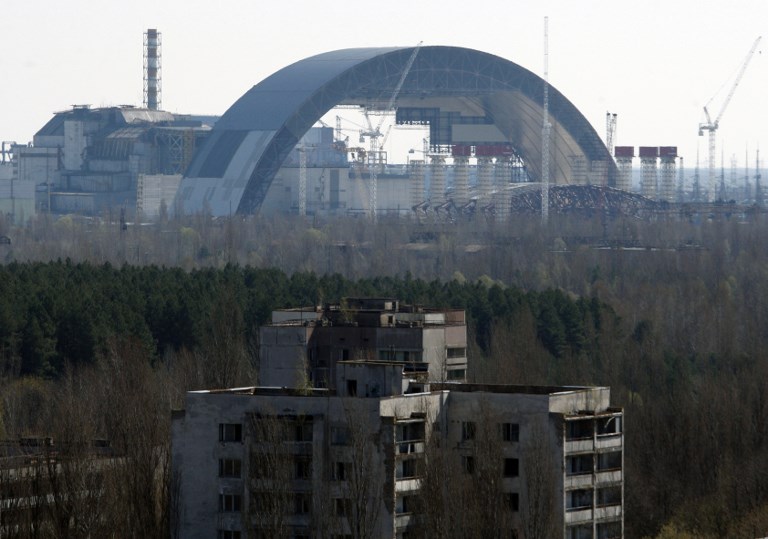
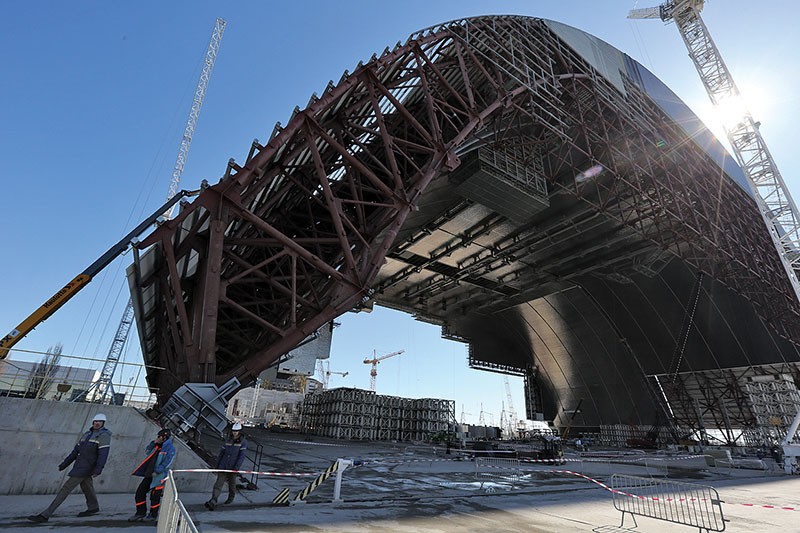
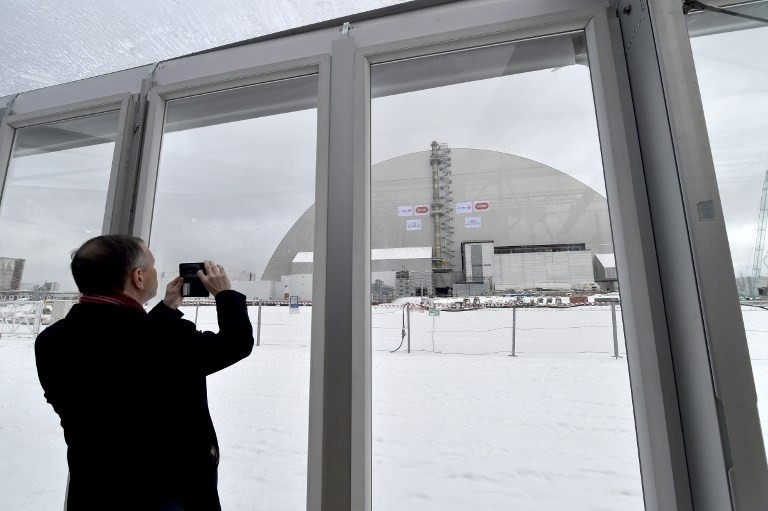
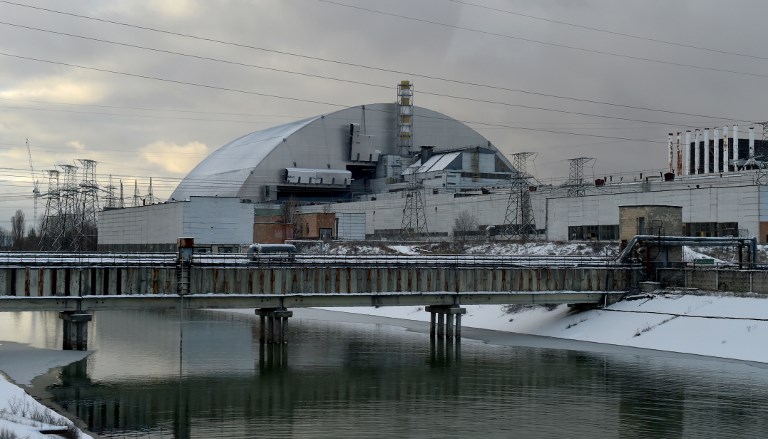


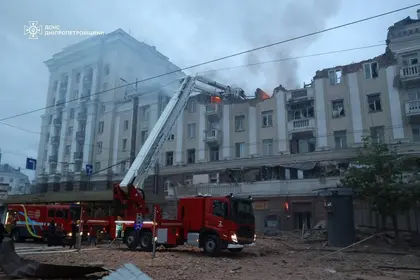
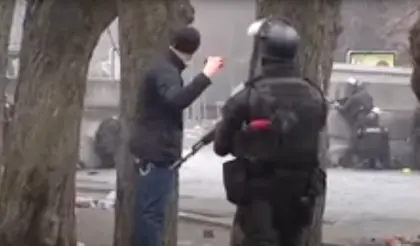
Comments (0)